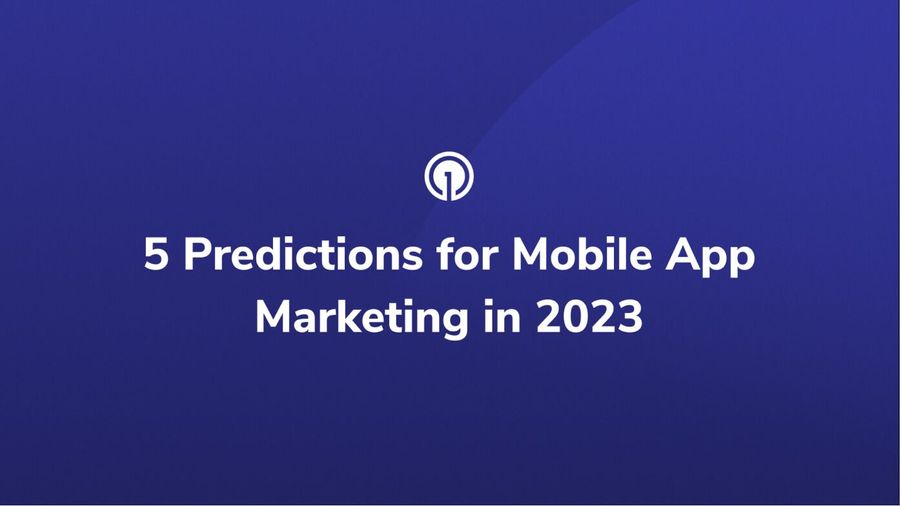1. Mobile customer acquisition costs (CAC) will continue to rise
It's no secret that user acquisition has become more challenging and costly in recent years. Due to rising competition and increased privacy changes, this trend will likely continue beyond 2023. Although CAC temporarily became cheaper for some verticals during the early stages of the pandemic due to widespread digital adoption, those trends have not persisted. With the introduction of Apple's new privacy rules and app tracking transparency (ATT) policy, undiscerning digital marketing campaigns aimed at attracting a wide audience are becoming less effective.
2. User acquisition budgets will be reallocated
In a world facing economic uncertainty, inflation, and recessionary concerns, companies are reducing variable expenses. This directly impacts companies' paid marketing budgets, which will be flat to down year over year in 2023. More than ever before, companies will be forced to rethink their marketing spending and refocus their resources on improving user retention and increasing customer lifetime value (LTV).
3. Apps that pivot to invest in user retention will outperform those that don't
As customer loyalty wanes amidst rising competition and tightened consumer wallets, companies must continue to look for opportunities to improve retention. For mobile apps, that means honing messaging at key user journey stages to improve the app experience, nurture loyalty, reduce churn, and drive conversions. To achieve this at scale, apps will need to effectively track real-time user behavior and leverage that data to personalize user experiences in a meaningful way.
4. Live Activities are here to stay
Apple recently rolled out its exciting new iOS feature: Live Activities. These interactive push notifications enable iOS app developers, marketers, and product teams to provide dynamic, real-time updates to users via their lock screens for up to eight hours. The intent? To deliver dynamic data and information in real-time for live events, including sports scores, delivery statuses, and other transactional updates. The more useful an app can make these notifications for their users, the more likely users are to grant brands additional permissions.
Live Activities also allows apps to reimagine and reposition push notifications in a modern, innovative way, providing a more direct line to consumers that is better suited to modern user preferences and expectations.
Learn more about how and why to implement iOS Live Activities in your app.
5. Product and marketing teams will become less siloed
In 2023, marketers will need to find ways to innovate and capitalize on their successes. In the not-so-distant past, most marketing teams owned user acquisition, whereas product teams focused on everything that came afterward. Today, however, it's become clear that companies that integrate their marketing and product teams (and, by extension, their marketing and product strategy) are seeing greater and more sustainable ROI.
For starters, the insight gained from this alliance can help marketers better understand their audience and prioritize quality over quantity when it comes to lead generation. Beyond providing useful insight, however, increased cross-departmental collaboration can help both teams capitalize on existing opportunities within the user journey and collaborate to create additional revenue streams.
Translate Foresight into Action
If you're not sure how to kickstart these strategic shifts, mapping your user journey is a great place to start. Doing so can help your teams better understand the timeline, milestones, goals, and pain points associated with each stage of that experience and locate opportunities therein. If you’re trying to revamp your engagement strategy, it can be helpful to use a user journey mapping template to guide your teams through this process.
The free user journey mapping template below can help your product and marketing teams answer the following questions:
- How and where does a user interact with your app and what does that experience look and feel like?
- What goals and expectations do users have for your app and how do they evolve throughout the user journey?
- What stages does a user flow through before reaching specific milestones or conversion points in your app journey?
- Are there gaps in your user journey where users are more likely to disengage or churn?
- What communication is needed to help create a more seamless and successful user journey?




